-
Redefining the User Experience of Smart Car
Geely GKUI intelligent system user experience research
-
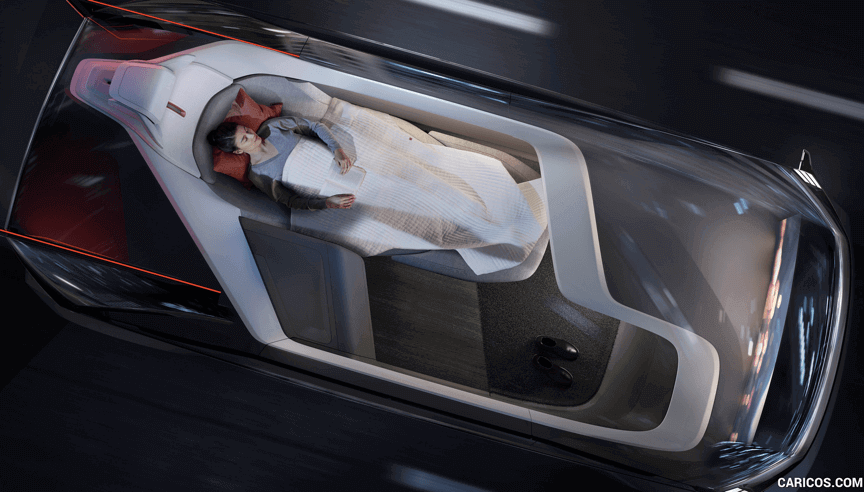
- Smart Travel
- Smart Travel
Background + Challenge
-
Today, almost all major auto companies around the world have announced the transformation plan for electric vehicles. With the development of chips, touch screens and 5G network technology, we can foresee that the human-computer interaction experience of the car will be a huge experience upgrade revolution took place
Not only that, but the ideology of consumers is also changing. People's demand for travel services continues to increase, and more daily needs are expected to be realized in cars. The vehicle from the traditional sense of walking tools is gradually transformed into a "mobile living place."
However, the development of the "smart cockpit" is relatively backward. Today's human-computer interaction experience in smart cockpits rarely takes into account differences between interior scenes and everyday scenes. There are many flaws in experience and high user learning costs due to immature technology.
-
Geely Automobile is the leader of China's smart car technology. The Internet intelligent HMI system developed by its ECARX team has been assembled on a variety of models. Its rich functions and convenient operation make the Geely ahead of other models at the same price.
ISAR has focused on user experience optimization for many years. We have reached a consensus with Geely Automobile. In the face of more and more critical users and the convergence of hardware configurations, the user experience "comfort" of smart car HMI will become the leading decision-making of consumers. And better to establish a close relationship with the user, together to build a truly "perfect" cockpit, to provide passengers with a "non-sensitive" comfort space during the move, redefining the new life of car smart travel.
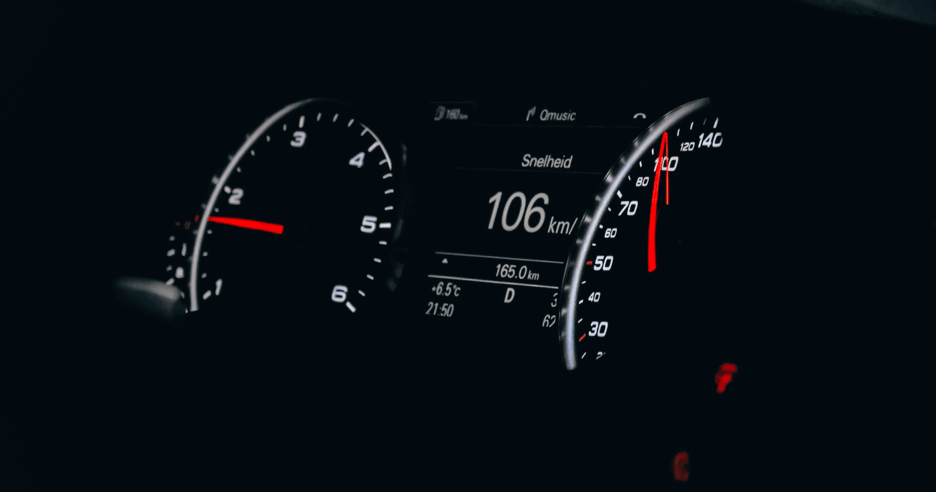
Insight + Strategy
-
We have observed that the functions of smart cars are constantly superimposed, the way of human-computer interaction is increasing, and the attention and energy of users are limited. This creates an insurmountable gap between smart car HMIs and users.
Our common smart car HMI interface is trying to create a so-called "scientific sense of technology", using a dark, metallic visual style, the interface is filled with icons and buttons, which gives users a strong sense of distance.
And most of the interactions still retain the characteristics of mobile devices, and it looks like a tablet is loaded on the center console. Although this has reduced the user's adaptation cost to the car HMI system to a certain extent, it can not be ignored that the behavior of the car, especially the driver in the driving scene, is greatly different from the daily operation of the mobile phone or tablet.
ISAR has many years of practical experience in user research and experience design. We have designed a series of research methods and processes for the project. We seek to find better by deepening the user's demand pain points and summarizing common behavior patterns. Guided ways to eliminate cognitive barriers and help users form intimate communication relationships with smart cars.
-

-
Based on sociological research, we surveyed five cities with large differences in personality. The questionnaire covered users aged 20-50 years old and with different family structure, income levels, and professional roles. We took samples from the user pools of the four competing models and conducted one-on-one interviews in the car to understand the user's detailed driving habits and HMI usage scenarios.
In order to ensure that the environment for usability testing restores the real scene as much as possible, the five cities we selected have typical differences in road conditions, and we study the user behaviors in different driving environments by planning a driving route covering cities, highways, and villages.
-
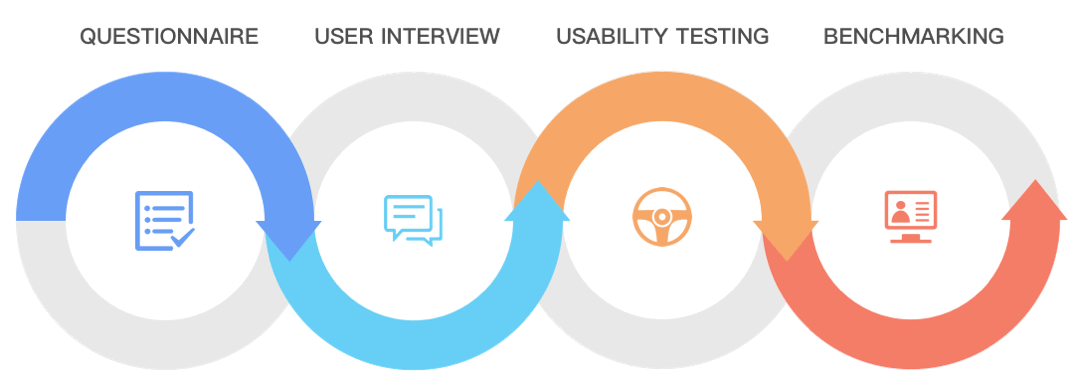
Outcome + Outlook
-
In the user interview process, we introduced the user difficulty and satisfaction, as well as the user rating system of the SUS (System Usability Scale) to quantify the subjective experience of the user and find the functional modules with problems. For these poorly experienced modules, further test and observation to mine the user's behavior path, whether it matches the system design.
We have found that the HMI system provides a large number of functions, but does not have an information structure that is user-aware, making it difficult for many users to find or even use it. We look forward to a good interface interaction design that assists with voice interface control to help users reach the desired function more quickly when needed.
-
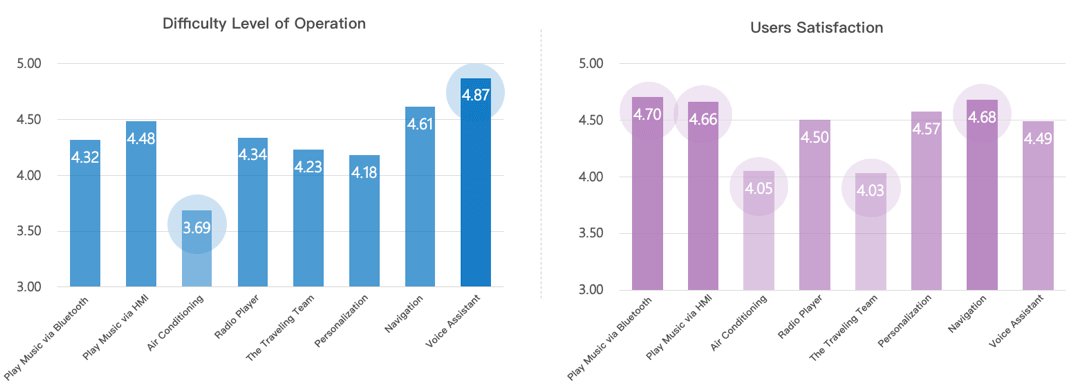
-
In order to better study the user's behavior during driving, we introduced eye tracking glasses in the usability test to draw the user's visual focus track and hot zone, helping us to analyze the poor design factors that affect the safety of the user. At the same time, we can also find the lack of interface design through eye tracking. Those icons with poor recognition and unclear state on the interface will affect the efficiency and experience of users.
We need to design reasonable visual and auditory feedback to help users identify the current system state, eliminating user confusion and uneasiness, in order to reduce the user's distraction in driving. In addition, the HMI system needs to cooperate with the design of voice assistants and intelligent algorithms to improve predictability and affinity.Finally, we map the user's path through the day through the user journey map and present a bold design for the future of the Internet of Vehicles. The future smart cockpit should not only be satisfied with the service experience
-
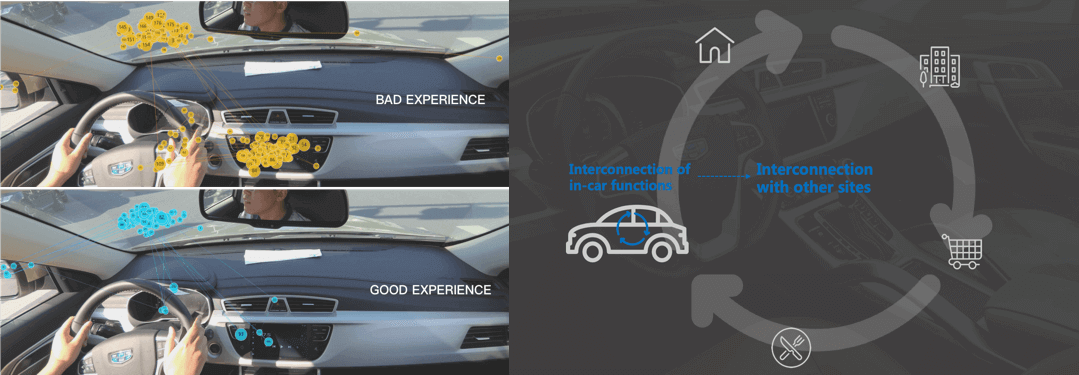
-
in the car. We need to study the scenes and needs of the users before and after the car, and connect the users in other activities to form a complete service design link.
Only by truly understanding the user can you make a product that the user likes. Imal has always insisted on such values. It is a great honor to cooperate with Geely Automobile to create an ideal experience of “painless, seamless and non-inductive” for smart cars.
